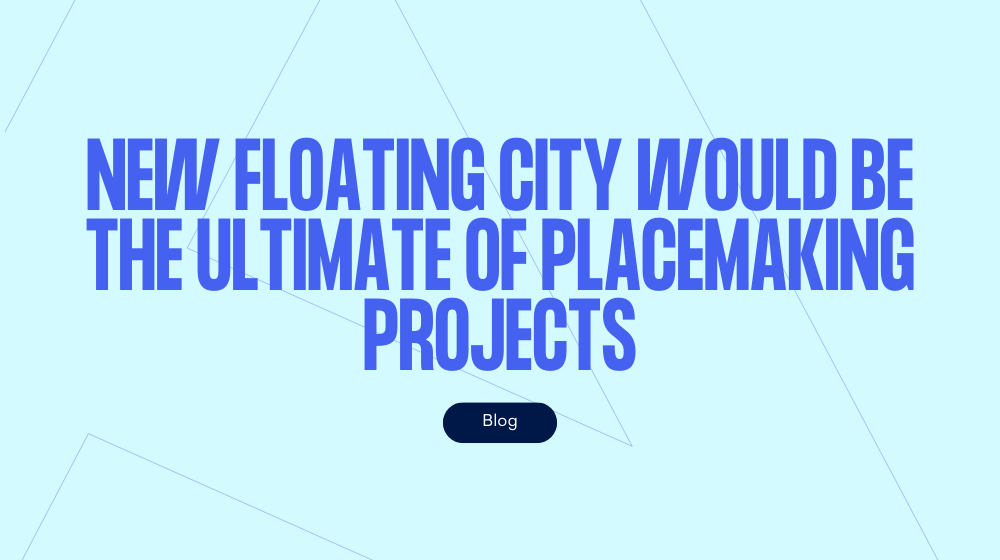As placemaking projects go, creating an entirely new city that floats on the ocean is about as literal as it gets – and as ambitious too. That’s exactly what French Polynesia, in the South Pacific, plans to do, though. The archipelago nation last month signed an agreement with the Seasteading Institute to cooperate on developing the legislation for such a floating city.
Founded in 2008 by Patri Friedman and Peter Thiel, the Seasteading Institute is a non-profit think-tank the aim of which is to make so-called “seasteading communities,” or floating cities, a reality. The Floating Island Project in French Polynesia, if it comes to fruition, would be the first.
The motivation for building these communities is to experiment with new types of politically autonomous society and the concept must overcome huge social, political, architectural and technological challenges. While it may seem utopian and a world apart from creating placemaking projects for property developments or city centres, though, when you think about how such an undertaking would be planned, you can see that many of the principles are shared.
Most fundamentally, placemaking projects and the Floating City Project are both people-centric. It is people for whom they are (or will be) created and around whom they must be designed. Recognizing and understanding these tenets is crucial for success, whether you are trying to develop a floating city, a buzzing new city centre district or a charming village square. What will make people want to visit or live there and why?
Collaboration is another shared key aspect. As the deal between the Seasteading Institute and French Polynesia shows, realising something as ambitious as the Floating City Project is not something that can be done alone and, though they are on a much smaller scale, the same applies for placemaking projects. Any placemaking project will have a number of stakeholders, such as the coordinator, the targeted visitors and any peripheral shops or venues. Quite aside from collaboration helping to produce more ideas than would otherwise be possible, shareholders will also be able to contribute finances, resources and elbow grease.
Finally, albeit not exhaustively, both floating cities and placemaking events will of course be informed by their locations. Not only is this necessary to an extent – for a city to float, certain technologies and safety features will be required, for example – but it is also something that should be capitalized on. For a floating city this might mean waterfront attractions beaches and restaurants, while placemaking projects might draw on the storied history, dramatic architecture or popular parkland of a location.
Source & image: Seasteading Institute
As an expert in placemaking communications, Active Profile seeks out inspiring projects from around the world for insight and commentary. There's more detailed info about placemaking in our ebook Effective Placemaking Communications For Your Mixed-Use Development, Volume 1: Explore, which you can download for free.



